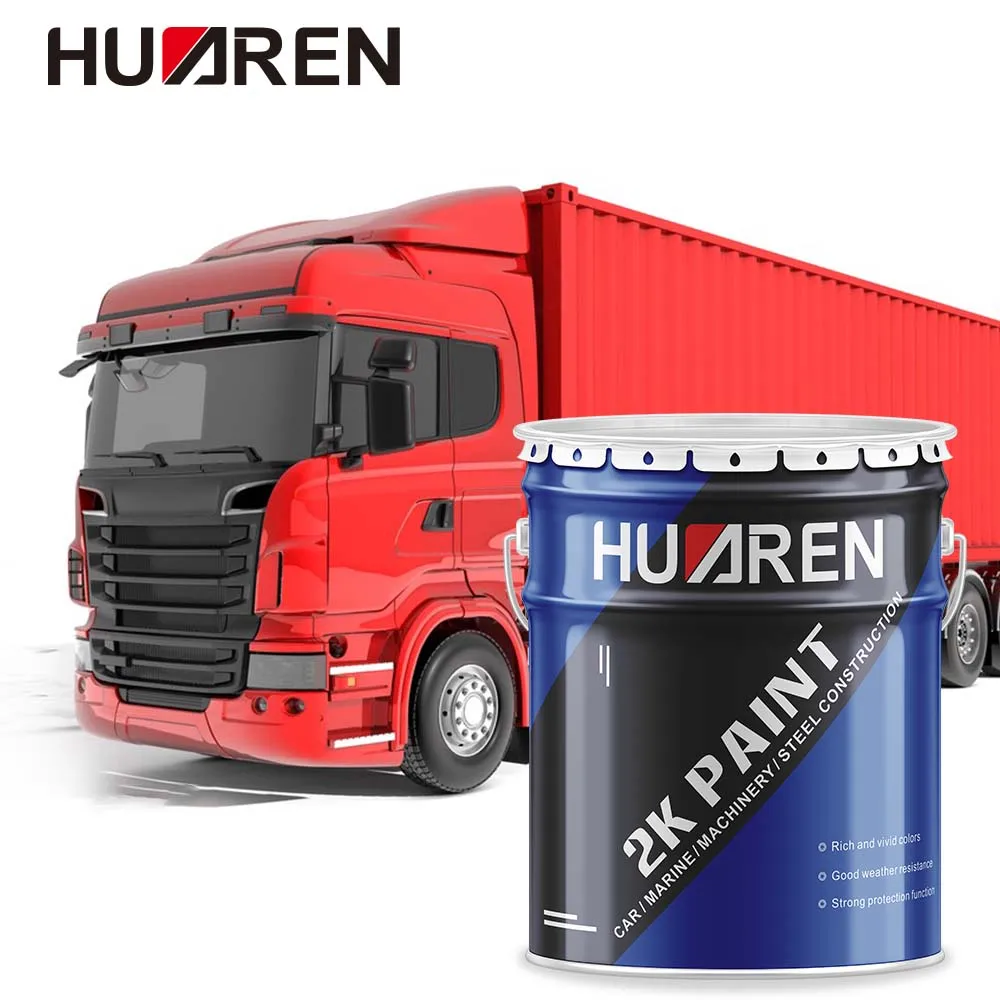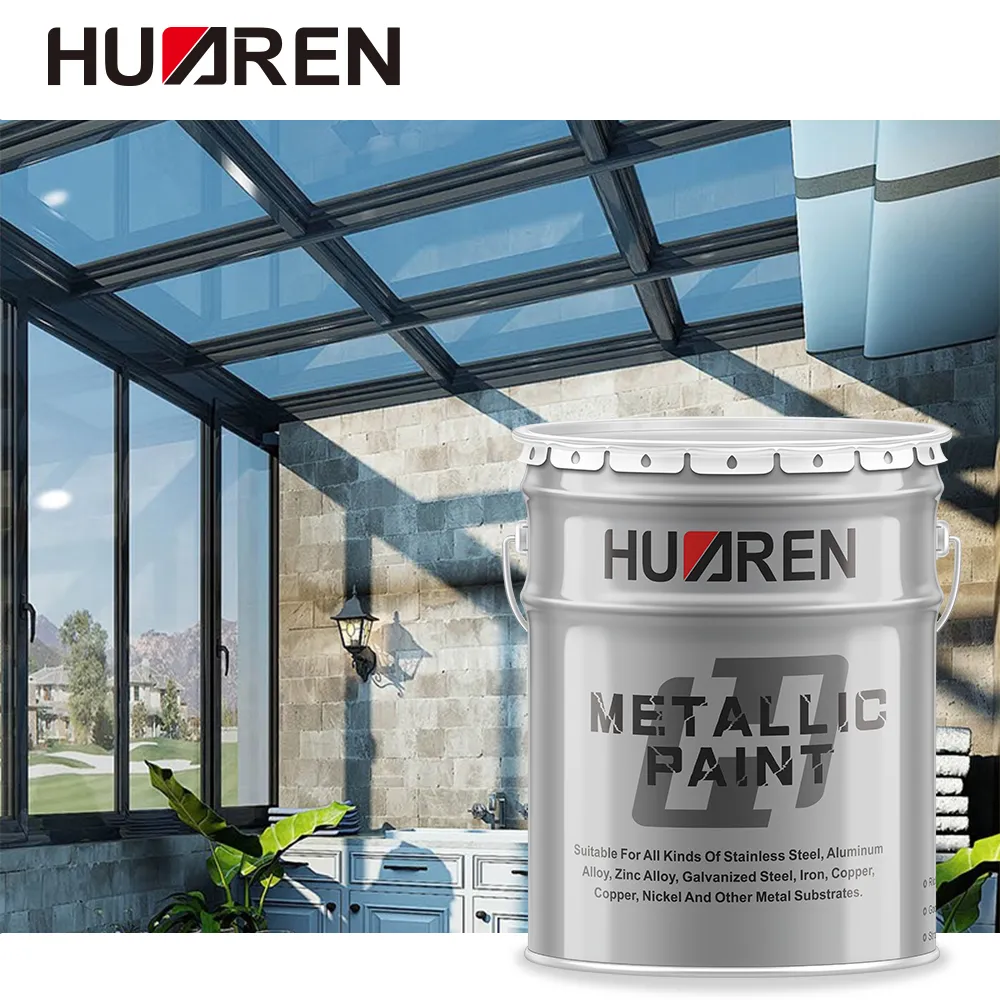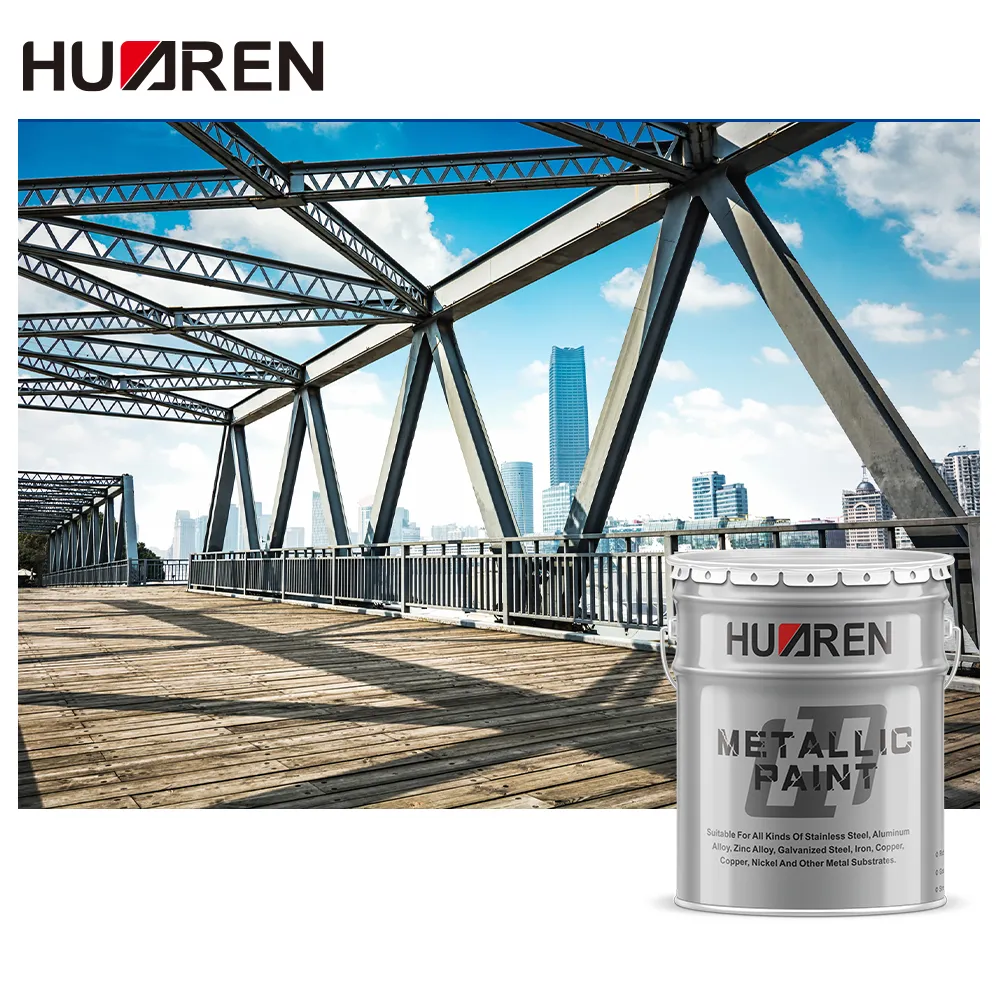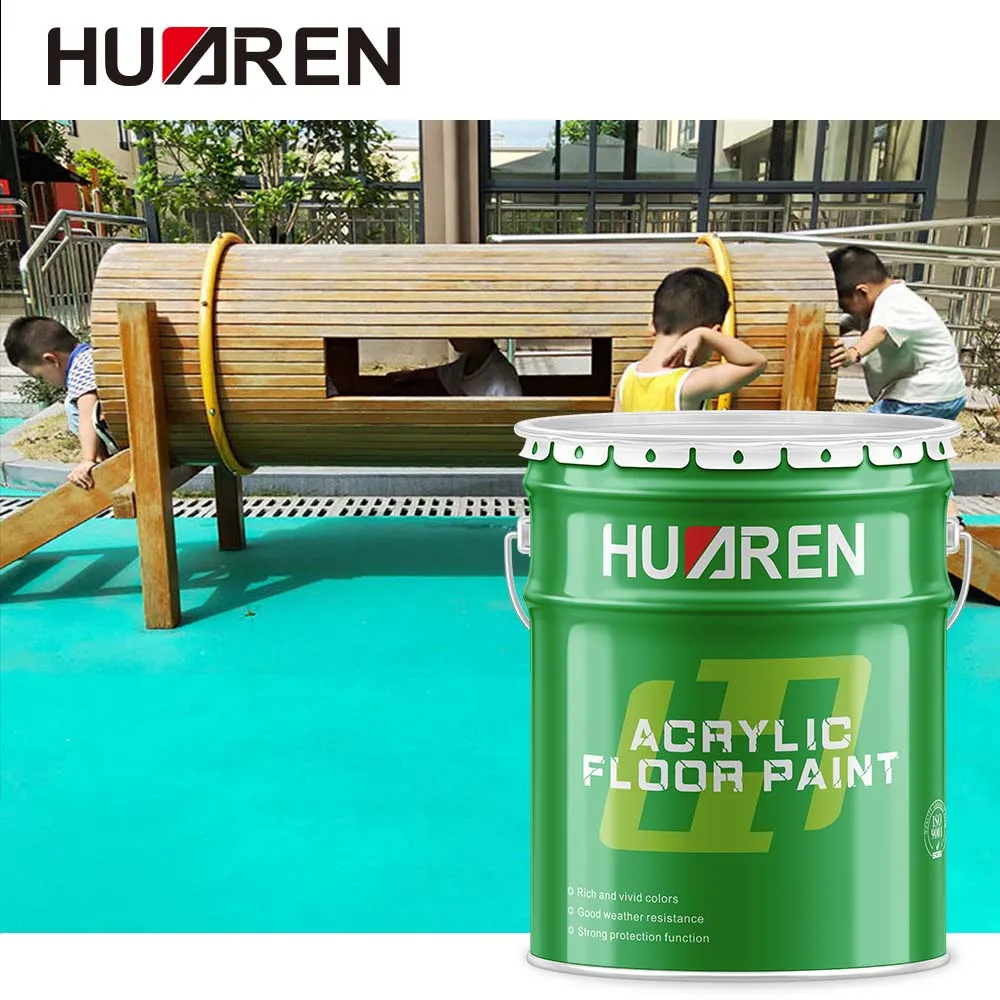Protective coating plays a vital role in daily life and industrial applications. Whether it is the exterior walls of buildings, bridges, pipelines, or household appliances and vehicles, protective coatings are needed to resist the erosion of the natural environment and extend the service life. Choosing the right protective paint is essential to ensure the durability and beauty of objects.
So, what is the best protective paint? This article will analyze in detail the characteristics, application scenarios, advantages and disadvantages of various protective paints to help you find the protective paint that best suits your needs.

What are the types of protective paints?
There are many types of protective paints. According to different substrates and uses, they can be roughly divided into epoxy resin paint, polyurethane paint, acrylic paint, fluorocarbon paint, and zinc powder paint.
1. Epoxy resin paint:
Epoxy resin paint has excellent adhesion and chemical corrosion resistance, and is widely used in the protection of industrial facilities, such as storage tanks, pipelines, ships, etc. Its disadvantage is that it has poor weather resistance and is prone to powdering when exposed to sunlight for a long time.
2. Polyurethane paint:
Polyurethane paint is known for its excellent wear resistance and weather resistance, and is suitable for surface protection of outdoor structures and vehicles. The flexibility of polyurethane paint also makes it widely used in furniture and floor protection.
3. Acrylic paint:
Acrylic paint dries quickly, has excellent weather resistance and UV resistance, and is suitable for the protection of building exterior walls and transportation facilities. Its disadvantage is that it has poor chemical corrosion resistance and is not suitable for chemical protection in industrial environments.
4. Fluorocarbon paint:
Fluorocarbon paint has extremely strong weather resistance and chemical corrosion resistance, and is suitable for places requiring high durability such as bridges, high-rise buildings, and chemical equipment. Its high cost limits its promotion in general applications.
5. Zinc powder paint:
Zinc powder paint has excellent anti-rust properties and is often used for the protection of steel structures, such as offshore platforms and steel bridges. The main disadvantage of zinc powder paint is that its appearance is not as beautiful as other protective paints and needs to be covered with other decorative paint layers.

What is the best protective paint?
There is no one protective paint that is the best, and different application scenarios require different protective paints. The following will analyze the performance of different protective paints from the perspective of industrial facilities, building exterior walls, transportation facilities, offshore facilities, homes and furniture.
1. Industrial facilities:
In industrial facilities, protective paints need to resist various chemicals, moisture and mechanical wear. Epoxy resin paints are the first choice for industrial facilities such as storage tanks, pipelines, and chemical equipment due to their excellent chemical corrosion resistance and adhesion. However, epoxy resin paints are not weather-resistant enough and need to be coated with a more weather-resistant paint, such as polyurethane paint, when used outdoors.
2. Building exterior walls:
Building exterior walls are exposed to sunlight, rain and wind and sand for a long time, and protective paints are required to have excellent weather resistance and decorative properties. Acrylic paints are ideal for building exterior walls due to their quick drying, strong weather resistance and rich colors. Although fluorocarbon paints are more expensive, their ultra-long service life and excellent weather resistance make them the best choice for the exterior walls of high-rise buildings and important facilities.
3. Transportation facilities:
Transportation facilities such as bridges, guardrails and road signs require protective paints with weather resistance, wear resistance and high visibility. Polyurethane paint and acrylic paint are common choices. The former is suitable for bridges and guardrails due to its wear resistance and weather resistance, while the latter is often used for road signs and traffic markings due to its bright colors and good UV resistance.
4. Offshore facilities:
Offshore facilities such as offshore platforms, ships and seawalls need to resist salt spray, seawater and mechanical wear. Zinc powder paint is widely used in offshore facilities due to its excellent anti-rust performance. In order to improve the appearance and durability, a layer of polyurethane paint or epoxy resin paint is usually applied on the zinc powder paint layer.
5. Home and furniture:
The protective paint of home and furniture needs to be both decorative and protective. Polyurethane paint is suitable for the protection of floors, furniture and household appliances due to its wear resistance and flexibility. Acrylic paint has rich colors and dries quickly, making it suitable for decorative coating of walls and furniture.

What are the advantages and disadvantages of various types of protective paint?
1. Advantages and disadvantages of epoxy resin paint:
● Advantages: strong adhesion, good chemical corrosion resistance, and excellent mechanical properties.
● Disadvantages: poor weather resistance, easy to powder under long-term exposure to sunlight, long drying time.
2. Advantages and disadvantages of polyurethane paint:
● Advantages: good wear resistance, strong weather resistance, good flexibility, wide range of applications.
● Disadvantages: high cost, high requirements for construction environment, complex construction.
3. Advantages and disadvantages of acrylic paint:
● Advantages: quick drying, good weather resistance, UV resistance, rich colors.
● Disadvantages: poor chemical corrosion resistance, general wear resistance, limited scope of application.
4. Advantages and disadvantages of fluorocarbon paint:
● Advantages: excellent weather resistance, strong chemical corrosion resistance, long service life.
● Disadvantages: high cost, complex construction, high requirements for construction environment.
5. Advantages and disadvantages of zinc powder paint:
● Advantages: excellent anti-rust performance, strong adhesion, and mechanical wear resistance.
● Disadvantages: unsightly appearance, need to be covered with other decorative paint layers, and complex construction.

How to choose the best protective paint?
Choosing the best protective paint needs to be determined based on specific application scenarios and needs. Here are some suggestions for choosing protective paint:
1. Clarify the needs: First, clarify the objects and environmental conditions that need to be protected, such as whether chemical corrosion resistance, weather resistance, wear resistance and other characteristics are required.
2. Consider the cost: Choose the right protective paint according to the budget. Although high-performance protective paints such as fluorocarbon paints are expensive, they can significantly extend the maintenance cycle and reduce long-term maintenance costs when used on some important facilities.
3. Construction conditions: Different protective paints have different requirements for construction environments and methods, such as temperature, humidity, construction tools, etc. Choosing a protective paint suitable for the current construction conditions can ensure the quality and effect of the construction.
4. Reference cases: Refer to successful cases of similar application scenarios to understand the experience and effects of other users, which will help make more scientific choices.
5. Consult experts: When you are not sure how to choose, you can consult coating experts or professional suppliers to choose the most suitable protective paint based on professional advice.

